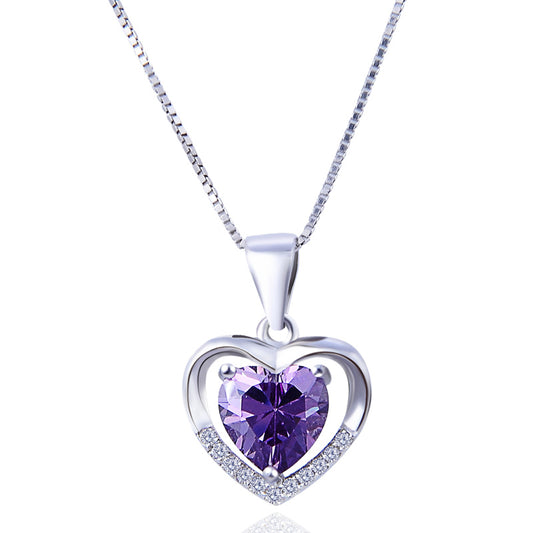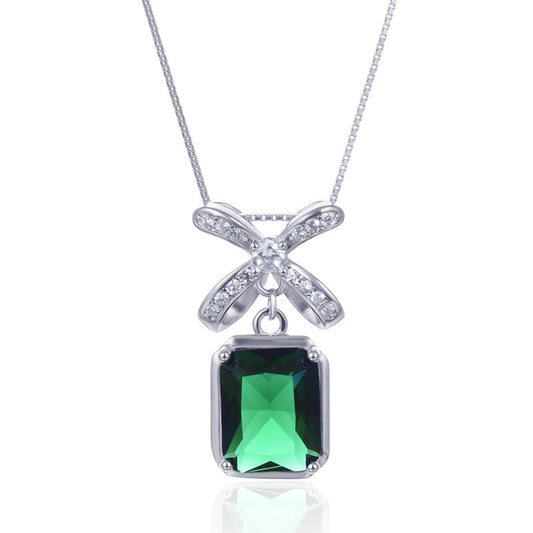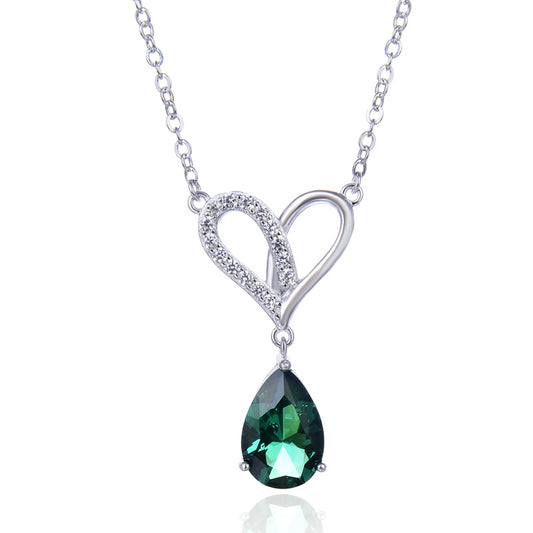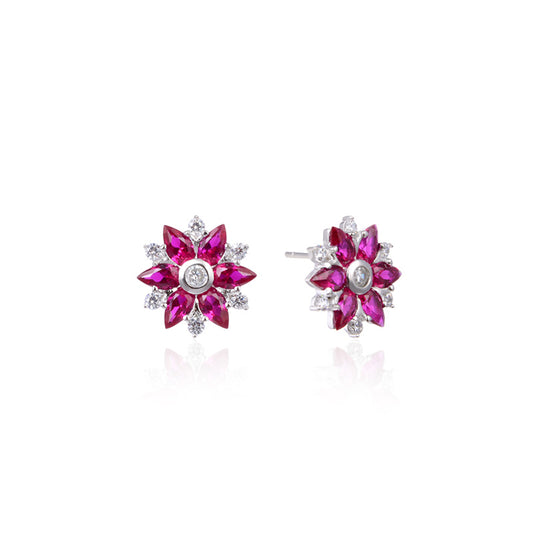How Can You Tell If Your Sterling Silver Jewelry Is Real?
Sterling silver jewelry has long been a popular choice for its elegance, durability, and relatively affordable price point. However, with the rise of counterfeit and low-quality imitations, it's become increasingly important to be able to distinguish real sterling silver from fakes. So, how can you tell if your sterling silver jewelry is the genuine article?
First and foremost, look for the sterling silver hallmark. This is usually a small stamp or engraving on the jewelry item itself, often located on the clasp, the inner side of a ring, or some other discreet location. The most common sterling silver hallmark is "925," which indicates that the item is made of 92.5% pure silver. Other hallmarks may include "SS" (standing for sterling silver), "Ster," or a lion passant (a walking lion symbol traditionally used to mark sterling silver in England).
If there's no hallmark, don't despair. There are other ways to tell if your jewelry is real sterling silver. One method is to perform a simple magnetism test. Silver is not magnetic, so if your jewelry sticks to a magnet, it's likely not sterling silver. However, keep in mind that some silver alloys may contain trace amounts of magnetic metals, so this test isn't foolproof.
Another test involves listening to the sound the jewelry makes when hit. Sterling silver has a distinctive ring to it – clear and bell-like. Fake silver or silver-plated items tend to produce a duller, flatter sound.
Visual inspection can also provide clues. Real sterling silver has a soft, white luster that is difficult to replicate. Fake silver often appears too shiny or dull, depending on the material used. Additionally, look for signs of wear and tarnish. Sterling silver tarnishes over time, developing a patina that adds character to the piece. Fake silver may resist tarnishing or show uneven tarnishing patterns.
Finally, consider the weight of the jewelry. Sterling silver is a dense metal, so it should have a substantial feel to it. If the jewelry feels unusually light or flimsy, it may not be real silver.
To sum up, while there's no single foolproof method to determine the authenticity of sterling silver jewelry, a combination of hallmark checking, magnetism testing, sound testing, visual inspection, and weight assessment can help you make an informed decision. Remember, when in doubt, it's always best to consult a professional jeweler or have the jewelry appraised by a reputable source.
By following these tips and using your senses, you can confidently assess the authenticity of your sterling silver jewelry. Whether you're shopping for a new piece or evaluating a family heirloom, knowledge is power when it comes to discerning real silver from fakes. With a little practice and attention to detail, you'll soon be able to spot the difference like a pro.








